Frontline healthcare workers are locked in a heated dispute with many infection control specialists and hospital administrators over how the novel coronavirus is spread – and therefore, what level of protective gear is appropriate.
At issue is the degree to which the virus is airborne – capable of spreading through tiny particles lingering in the air – or primarily transmitted through large, faster-falling droplets from, say, a sneeze or cough. This wonky, seemingly semantic debate has a real-world impact on what sort of protective measures healthcare companies need to take to protect patients and their workers.
The Centers for Disease Control and Prevention injected confusion into the debate Friday with guidance putting new emphasis on airborne transmission that said the tiny aerosol particles, as well as larger droplets, are the “main way the virus spreads.” By Monday that language was gone from its website, and the agency explained it had posted a “draft version of proposed changes” in error and that experts were still working on updating “recommendations regarding airborne transmission.”
Dr Anthony Fauci, the top US infectious disease expert, addressed the debate head-on in a 10 September webcast for the Harvard Medical School, pointing to scientists specializing in aerosols who argued the CDC had “really gotten it wrong over many, many years”.
“Bottom line is, there’s much more aerosol [transmission] than we thought,” Fauci said.
The topic has been deeply divisive within hospitals, largely because the question of whether an illness spreads by droplets or aerosols drives two conflicting sets of protective practices, touching on everything from airflow within hospital wards to patient isolation to choices of protective gear. Enhanced protections would be expensive and disruptive to a number of industries, but particularly to hospitals, which have fought to keep lower-level “droplet” protections in place.
The hospital administrators and epidemiologists who argue that the virus is mostly droplet-spread cite studies showing it is not as contagious as an illness like the measles and spreads to a small number of people, like a cold or a flu. Therefore, N95 respirators and strict patient isolation practices aren’t necessary for routine care of Covid-19 patients, those officials say.
On the other side are occupational safety experts, aerosol scientists, frontline healthcare workers and their unions, who are quick to note that the novel coronavirus is far deadlier than the flu – and argue that the science suggests that high-quality, and costlier, N95 respirators should be required for routine Covid-19 patient care.
The debate has come to a head at hospitals from coast to coast, as studies have emerged showing that live virus hangs in Covid-19 patient hospitals rooms even in the absence of “aerosol-generating” procedures (such as intubations or breathing treatments) and airborne transmission has contributed to outbreaks at a nursing home, shuttle bus and choir practice.
KHN and the Guardian are examining more than 1,200 healthcare worker deaths from Covid-19, including many in which their families or colleagues reported they worked with inadequate personal protective gear.
Yet some frontline workers and managers disagree about exactly how and why healthcare workers are getting sick.
The hospital infection-control and epidemiology leaders cite studies suggesting that many healthcare workers are getting the virus outside of work and at rates that mirror what’s happening in their communities.
A group of Penn Medicine epidemiologists in late July characterized research on aerosol transmission as unconvincing and cited “extensive published evidence from across the globe” showing the “overwhelming majority” of coronavirus spread is “via large respiratory droplets”.
Unions, occupational health researchers and aerosol scientists, though, reference another pile of studies showing that healthcare workers have been hit far harder than the general population – and a study that showed active viral particles can drift in the air up to 15ft . Such particles can hang in the air for up to three hours.
Backing their concerns, a 6 July letter signed by 239 scientists urged the medical community and World Health Organization to recognize “the potential for airborne spread of Covid-19”.
The letter pointed to studies that say talking, exhaling and coughing emit tiny particles that remain suspended in the air far longer than droplets and “pose a risk of exposure”.
The idea that the virus is spread by either droplets or aerosols is an oversimplification, said Dr Shruti Gohil, associate medical director of epidemiology and infection prevention at the University of California-Irvine School of Medicine.
Gohil said the virus is transmitted by some droplets as well as some large aerosol particles.
One metric people in the hospital infection control field focus on, though, is how many people one sick person infects. For Covid-19, research has shown that the number is about two – similar to a cold or the flu. For an unequivocally airborne disease like measles, the number is closer to 12 to 18.
Measles is “what airborne [transmission] looks like,” Gohil said. “If this was truly a primary aerosol-transmissible disease, we’d be in a world of hurt.”
Hospital epidemiologists are also focused on the rate of household spread of the novel coronavirus. With measles, the risk of an unvaccinated member of a household becoming infected is 85%, said Dr Rachael Lee, a hospital epidemiologist and assistant professor at the University of Alabama-Birmingham. For Covid-19, she said the risk is closer to 10%.
At the University of Iowa’s hospital, healthcare workers use N95s and face shields for aerosol-generating procedures but otherwise use surgical masks and face shields for routine care of Covid patients, said Dr Daniel Diekema, director of the division of infectious diseases at the university.
He said such “enhanced droplet precautions” appear to work. Some studies suggest that places where workers correctly used regular medical masks and face shields reported no significant spread of the disease among staff, although one such report focused on spread from a single patient.
The CDC helped set the stage for the current debate. In March, the agency issued revised guidance essentially saying it was “acceptable” for healthcare workers to use surgical masks – instead of N95s – for routine care. The guidance said respiratory droplets were the most likely source of transmission and recommended N95s only for aerosol-generating procedures.
“The contribution of small respirable particles, sometimes called aerosols or droplet nuclei, to close proximity transmission is currently uncertain. However, airborne transmission from person-to-person over long distances is unlikely,” according to the guidance.
The California Hospital Association sent a letter to the state’s congressional delegation urging the revised guidance be made permanent.
“We need the CDC to clearly, not conditionally, move from airborne to droplet precautions for patients and healthcare workers,” the letter said. Doing so would enable hospitals to preserve PPE supplies and limit the use of special isolation rooms for Covid patients.
An association spokesperson told KHN that the organization wasn’t weighing in on the science, merely pressing for clarity of the rules.
Christopher Friese, professor of nursing, health management and policy at the University of Michigan, is among the experts who think those rules have endangered healthcare workers.
“We lost a tremendous amount of time and, candidly, lives because the early guidance was to wear N95s only for those specific procedures,” Friese said.
Family members and union leaders from Missouri to Michigan to California have raised concerns about nurses dying of Covid-19 after caring for virus patients without N95 respirators. In such cases, hospitals have said they followed CDC guidance.
Friese echoed some occupational safety experts who suggested that stronger guidance from the CDC early on calling the disease airborne might have had an impact – perhaps pressuring President Donald Trump to invoke the Defense Production Act to boost supply of N95s so “we might have the supply we need everywhere we need”, Friese said.
Instead, surveys across the country show there’s still a shortage of personal protective equipment at many healthcare facilities.
KHN (Kaiser Health News) is a nonprofit news service covering health issues. It is an editorially independent program of KFF (Kaiser Family Foundation) that is not affiliated with Kaiser Permanente.


















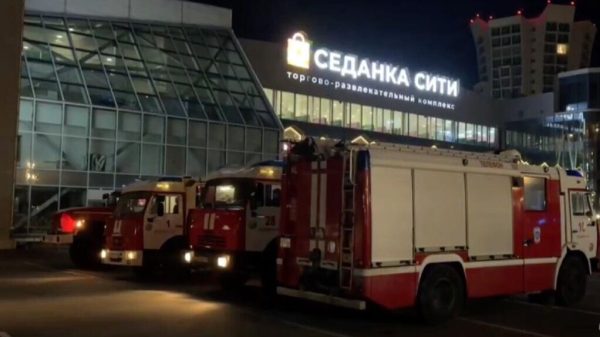

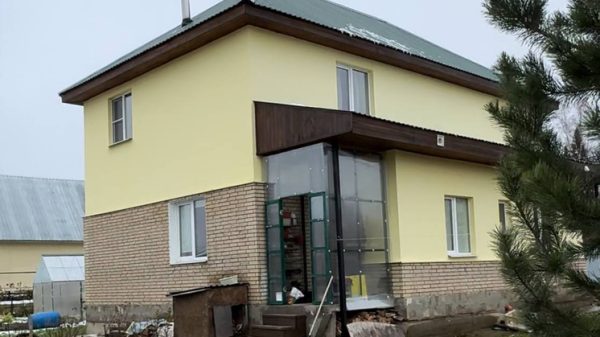







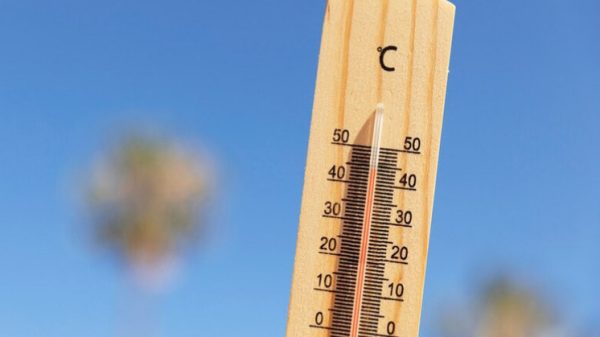
















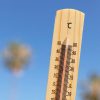







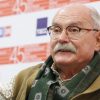






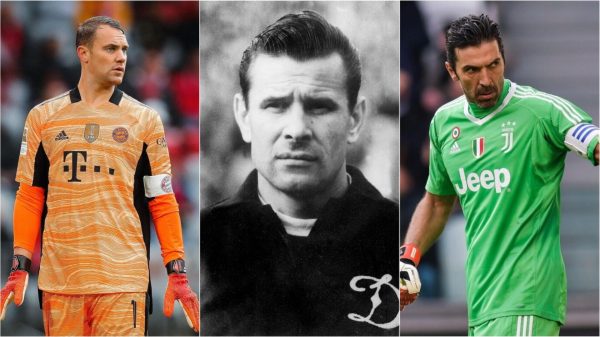
Свежие комментарии